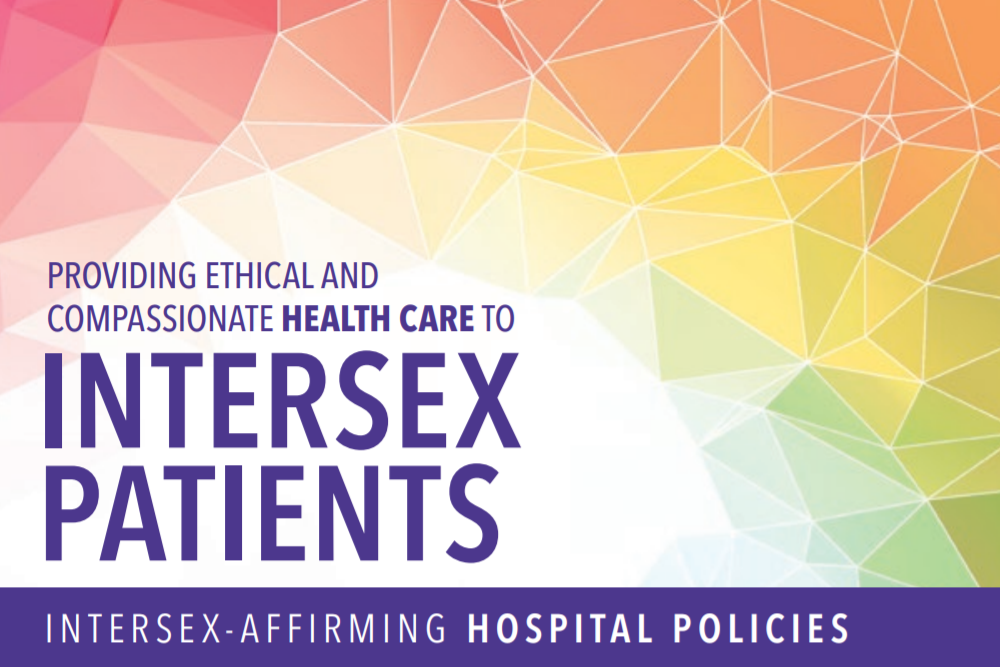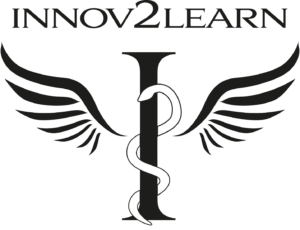
Providing Ethical and Compassionate Health Care to Intersex Patients
”Intersex” is an umbrella term used to describe a wide range of natural variations in sex characteristics that do not seem to fit typical binary notions of male or female bodies. Between 0.05 percent and 1.7 percent of the population is born with intersex traits. These traits may be visible at birth, at puberty, or, in the case of some variations, not at all. Intersex is considered a sex and gender minority (SGM) by the National Institutes of Health (NIH) and was formally designated as a health disparity population by the NIH in 2016. Care of intersex people, particularly children, demands special attention to avoiding biases based on outdated understandings of sex and gender.
Today, medical practitioners recognize the importance of providing ethical and compassionate health care to people born with intersex traits and have launched efforts to ensure that intersex people are receiving appropriate, sensitive, and nondiscriminatory health care. The main issue raised by members of the intersex community is the continued performance of medically unnecessary genital-”normalizing” surgery on intersex infants before they are old enough to participate in the decision-making process. Rather than calling for immediate surgical intervention upon the birth of an intersex child, leading practitioners in patient-centered care recommend promptly implementing a long-term management strategy that involves a range of pediatric subspecialists, including intersex-affirming mental health providers, pediatricians, and the parent(s). Leading medical associations, recognizing that irreversible and deeply life altering procedures can be safely delayed to both ensure best outcomes and avoid the potential ramifications of anesthesia on the developing brain, are developing policies informed by the patient community to delay harmful, medically unnecessary procedures.










